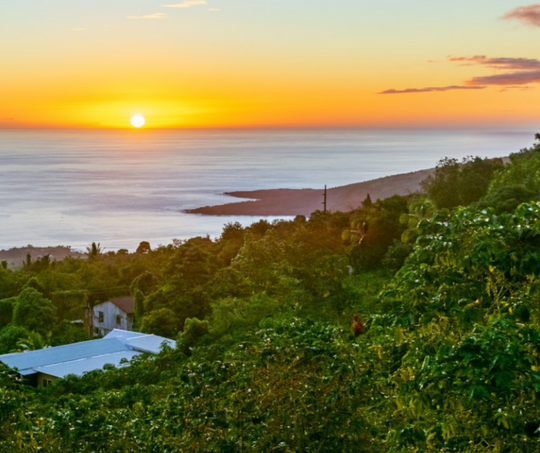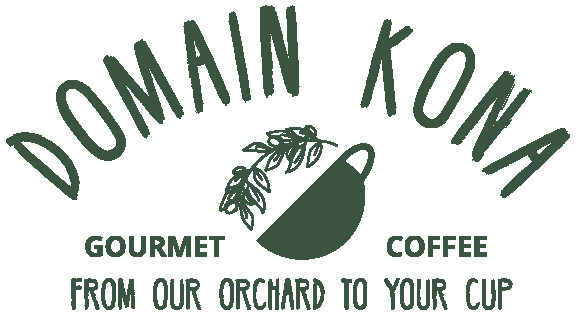History of Kona Coffee
Coffee was first planted in what’s now Kealakekua, Kona on the Big Island in 1828 by Reverend Samuel Ruggles with cuttings from Brazil. The sheltered, fertile western slopes of Mauna Loa & Hualālai with sunny mornings and gentle afternoon rain turned out to be an ideal climate.
Kona Coffee achieved world-wide notoriety when Henry Greenwell’s won an award for excellence at the 1873 World’s Fair in Vienna. In the late 1800s, farmers experimented with Guatemalan Typica coffee trees—which excelled and evolved into Kona Typica: the foundation of today's world-renowned Kona Coffee.
Thanks to mostly Japanese farmers, coffee thrived here for the next 100 years. Today, Kona coffee is prized as one of the finest and rarest of all coffees, making up only a tiny 0.001% of the world’s coffee.
Fine & Rare
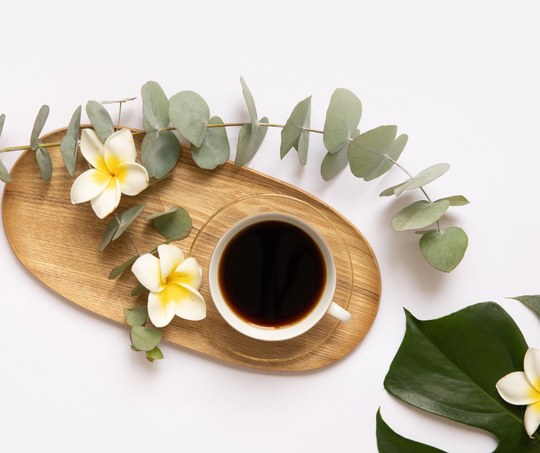
PURE
Because Kona “terroir” is so special, we only offer 100% Estate Grown Kona Coffee, never muddying the refined balance characteristic of the Kona Coffee Belt by blending it with coffee from other places
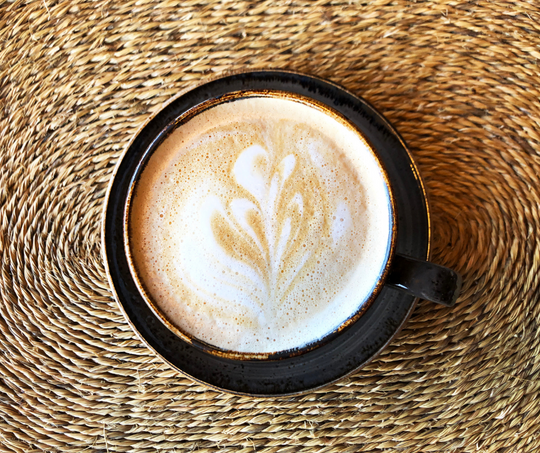
HANDCRAFTED
From planting to picking to packaging and everything in between, you can be sure your Domain Kona Coffee is handcrafted with Aloha
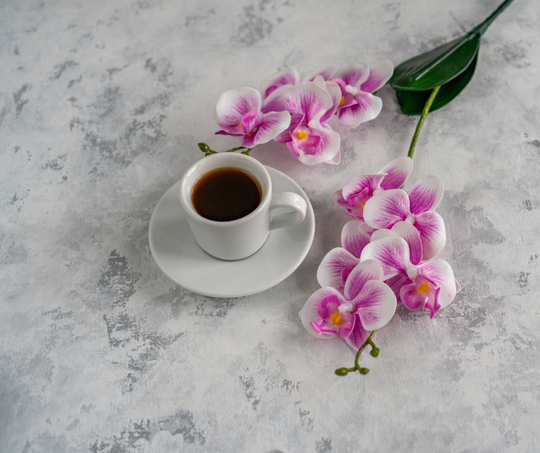
RARE
Only about 700 farms across 4000 acres (around 25 miles long by 2 miles wide) have just the right balance of rain, sun, volcanic minerals, and temperature shifts required to create world-renowned Kona Coffee
Kona Appellations
While there is no official designation of "terroirs" within the Kona Coffee Belt, there are 3 distinct appellations (regions) as it were:
MAKAI (0-1000 ft. elevation) - Warmest & receiving the least rain
MAUKA (1000-2000 ft. elevation) - Most moderate of the 3 in both temperature & rain; Domain Kona is nestled between 1350-1450 ft.
CLOUD FOREST (2000-3000 ft. elevation) - Coolest & wettest of the 3
Why do the regions matter?
Honestly, it's possible to produce world class coffee in all 3 regions, with Kona's rich volcanic soil and temperate climate. The key differentiator amongst the farms is truly the knowledge & care taken by the owners/farmers to maintain the orchard, the trees, and adhere to best production practices.
However, we'd argue that its easiest to achieve greatness in the most balanced of the 3 climates, Mauka, where the coffee is nourished by daily morning sun and predictable afternoon rain.
